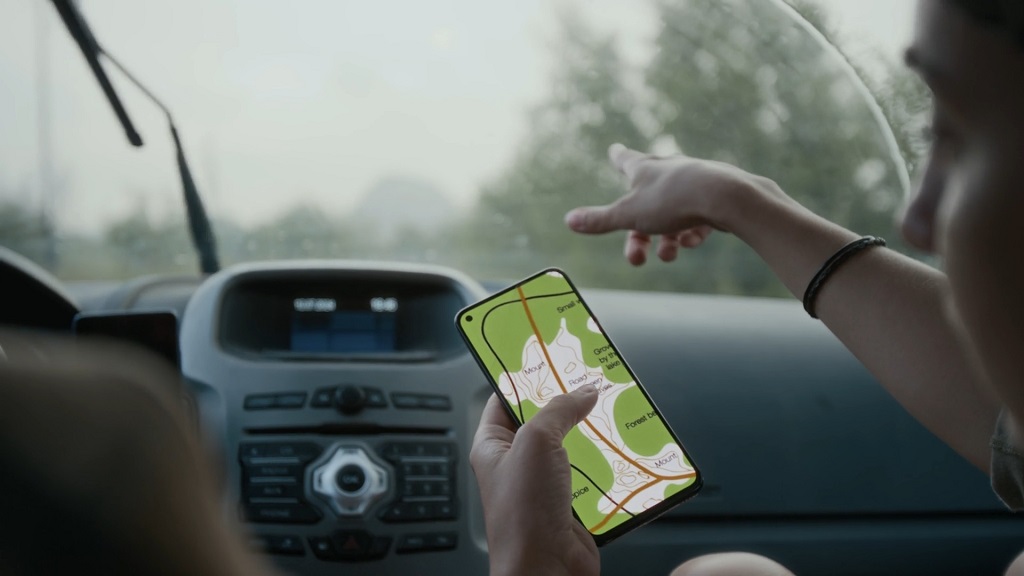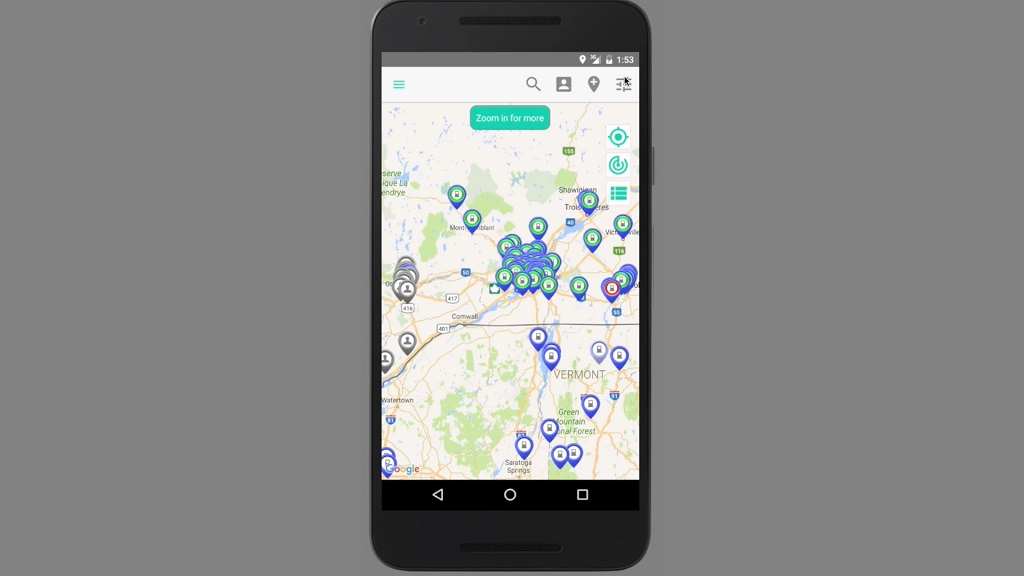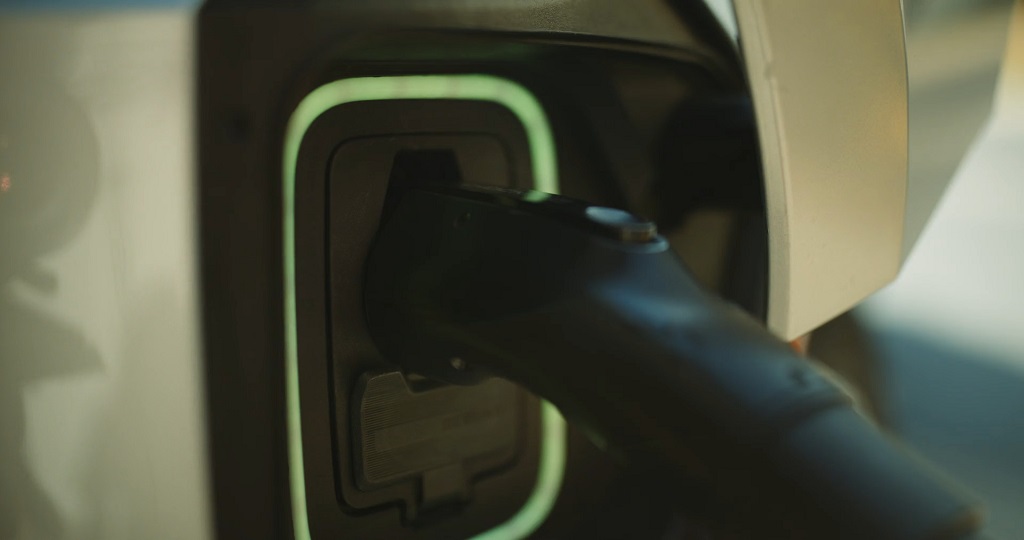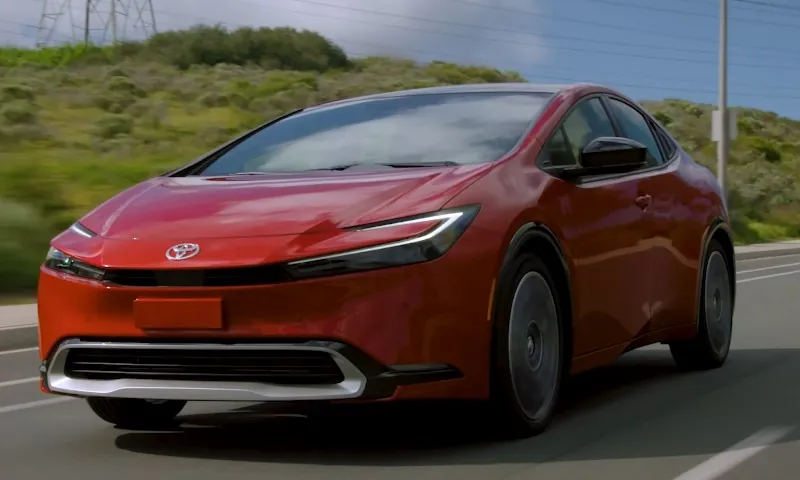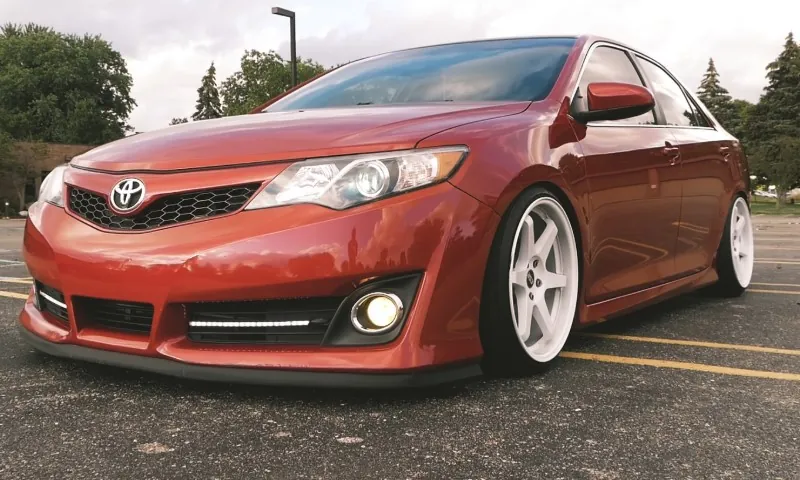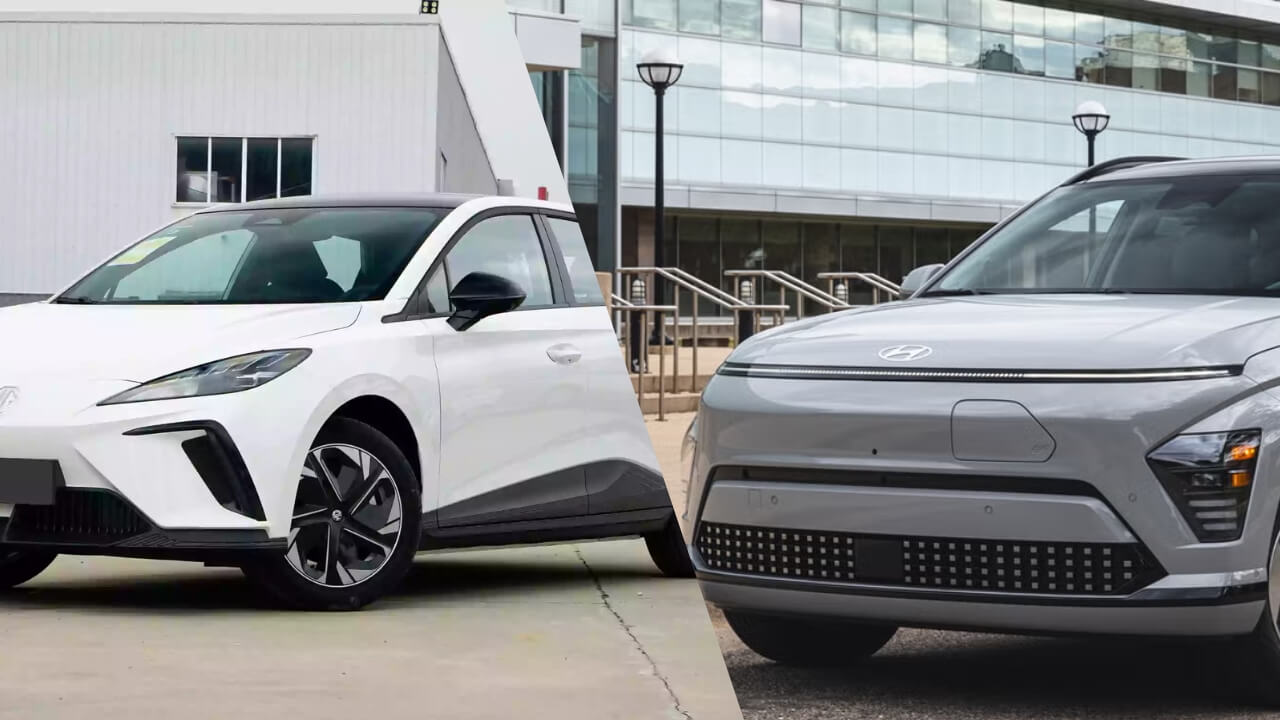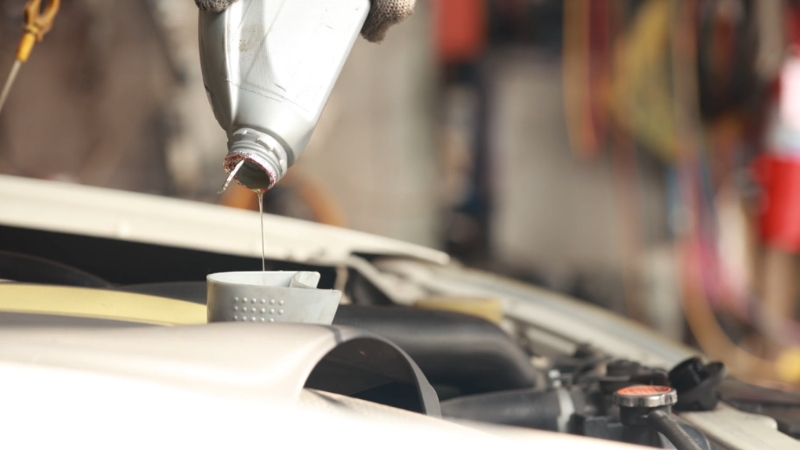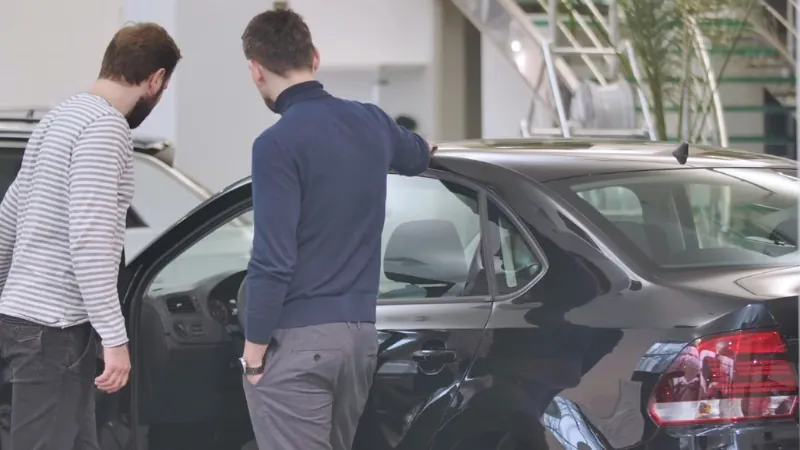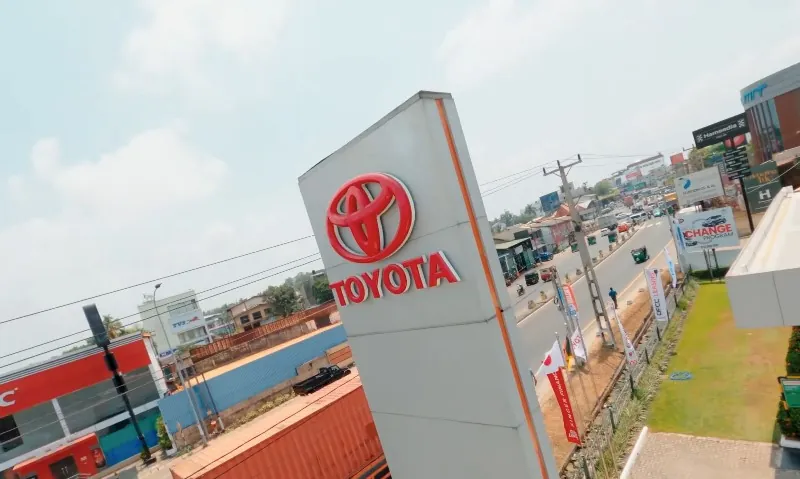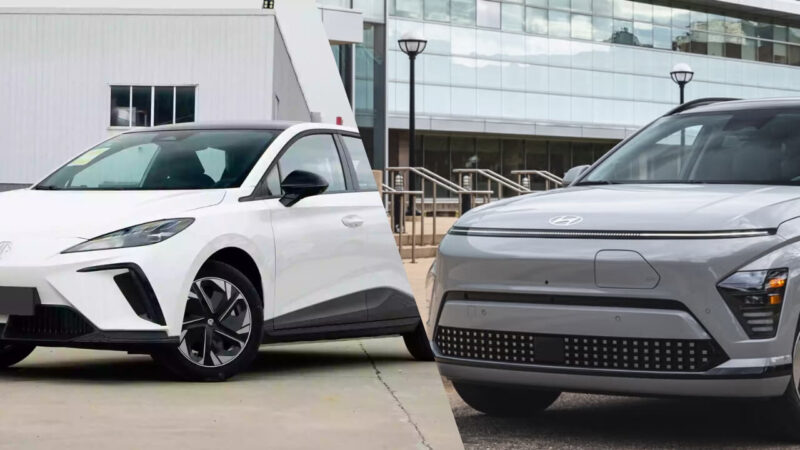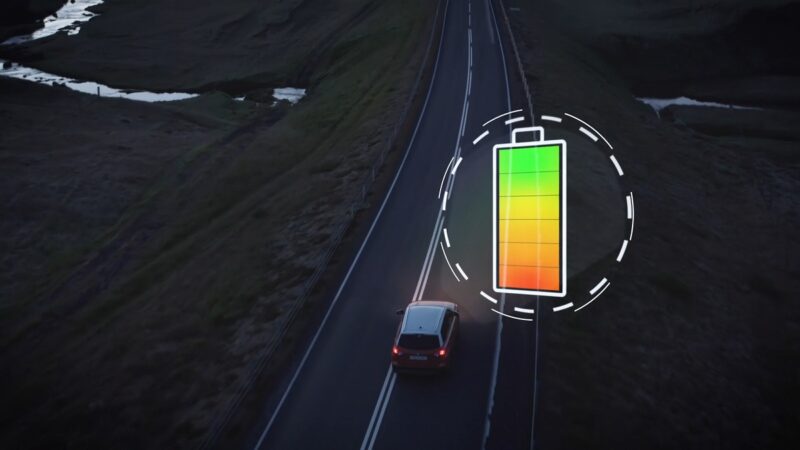
Share Post:
Nebraska’s wide-open highways, rolling Sandhills, and historic landmarks make it an underrated state for a road trip. Doing it in an electric vehicle adds another layer of reward – quieter rides, lower emissions, and a connection to the road that feels both modern and mindful.
But while the Cornhusker State offers beautiful scenery and friendly towns, it also comes with challenges for EV drivers, especially in rural areas where charging stations can be scarce.
By mid-2025, Nebraska has about 7,000 registered EVs – still less than 1% of all vehicles – and while charging infrastructure is growing thanks to federal funding, you’ll still want to plan ahead.
Whether you’re cruising Interstate 80 or exploring a scenic byway, these tips will help you get across Nebraska in your EV without unnecessary stress.
Table of Contents
Toggle1. Plan Your Route with Precision and Backup Options
A solid plan is your best friend when crossing a state where towns can be far apart and chargers even farther. Start with tools designed for EV drivers, such as A Better Route Planner (ABRP) or PlugShare.
They’ll help you map routes based on your car’s range, battery state, and current charging availability.
Interstate 80 is the main east-west artery, running roughly 455 miles from the Wyoming border to Iowa. Charging along I-80 is improving every year, but it’s wise to keep stops within 80% of your EV’s range. That way, you have a 10–20% buffer for headwinds, detours, or hilly stretches.
And in case of any accidents along the road, especially off the beaten path, knowing where to find a trusted Nebraska car accident lawyer can bring peace of mind.
Nebraska also has nine scenic byways, such as the Sandhills Journey Scenic Byway along Highway 2, which covers 272 miles of sweeping grasslands and birdwatching spots. It’s gorgeous – but less charger-friendly than urban routes.
If you go this way, verify each charging location in advance. Cross-reference multiple sources to avoid surprises, as rural chargers can occasionally be out of service.
For example, travelers going from Omaha to central Nebraska farms have reported gaps of over 150 miles between DC fast chargers. In those cases, a planned detour to towns like Kearney or Lincoln can be a lifesaver.
Build a daily itinerary that includes estimated drive times, charging durations, and overnight stops, adjusting for Nebraska’s sometimes fierce plains winds that can cut range by 20%.
2. Familiarize Yourself with Nebraska’s Charging Infrastructure
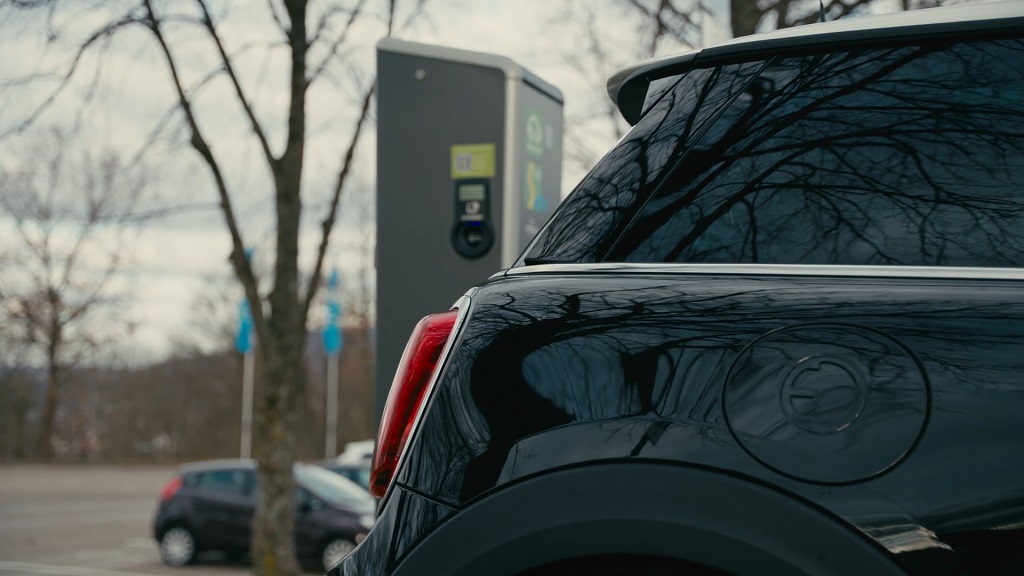
Nebraska currently has around 265 charging stations with over 500 total ports, but fewer than 200 are DC fast chargers. Most fast charging is concentrated along I-80 and in cities like Omaha and Lincoln. Rural counties in the northwest may have no chargers at all.
Thanks to the National Electric Vehicle Infrastructure (NEVI) program, Nebraska is receiving $30.2 million over five years to add stations along key corridors.
By late 2025, seven new NEVI-compliant sites are planned along I-80 in towns such as Kimball, Sidney, and Kearney, each with at least four ports. But be aware: construction delays could push openings into 2026.
For now, here’s a quick snapshot:
| Charging Type | Typical Time | Cost Estimate | Common Locations in Nebraska |
| Level 2 | 4–8 hours | $5.25 | Hotels, parks, workplaces in Omaha/Lincoln |
| DC Fast | 30–40 min | $4.80 | Along I-80 at rest areas and gas stations |
Prioritize stations near amenities so you can grab food, walk around, or visit attractions while you charge. Always check recent user reviews before committing to a stop.
3. Select EV-Compatible Scenic Routes and Attractions
Nebraska’s scenic routes can make your trip unforgettable, but they’re not all equally EV-friendly.
The Lincoln Highway Scenic and Historic Byway (US-30) runs about 400 miles across the Platte River Valley and is well-supplied with chargers. It passes through historic towns and attractions like the Stuhr Museum in Grand Island.
The Outlaw Trail Scenic Byway from South Sioux City to Valentine covers 231 miles of bluffs, forests, and rivers – but chargers are sparse north of I-80, so plan for overnight charging in towns with Level 2 options.
The Gold Rush Scenic Byway (131 miles from Chadron to Sidney) includes stops like Carhenge in Alliance, which is worth a photo op and a nearby charge.
Consider pairing attractions with known charging stops: Chimney Rock National Historic Site near Bayard has nearby charging, as does Omaha’s Henry Doorly Zoo.
Smaller destinations like Fort Robinson State Park may not have EV chargers but often have RV outlets that can be used with an adapter for emergency top-ups.
4. Prepare Your Vehicle Before Departure
Before rolling out, give your EV a full pre-trip check. Confirm tire pressure, update navigation software, and charge to 100% just before leaving. Nebraska’s climate can swing from sweltering summer heat to winter cold that cuts range in half, so precondition your battery while plugged in.
Pack a Level 2 cable, plus any adapters for Tesla or CHAdeMO chargers your route may include. Keep weight down – heavy luggage or trailers can noticeably reduce range.
One Bolt EV owner who regularly crosses Nebraska swears by traveling light and checking software updates for new efficiency features before every big trip.
5. Manage Range to Keep Stress Low
Out on the plains, efficiency matters. Keep highway speeds reasonable, ideally under 65 mph, to extend your range. Use regenerative braking on hilly routes like the Bridges to Buttes Scenic Byway to recapture energy.
When using fast chargers, aim to start charging at 20% battery and stop at 80% – charging slows dramatically past that point. In winter, use seat heaters instead of blasting cabin heat to conserve power. In summer, park in shaded areas when possible to keep the battery cooler.
6. Use Apps and Tools for Real-Time Support
A Better Route Planner (ABRP) is great for calculating energy use based on your car model and weather conditions. PlugShare offers crowd-sourced charger reviews and photos, which can be invaluable in rural Nebraska.
ChargeHub and Electrify America’s app can help you find stations, handle payments, and sometimes even reserve a charger. Cell service can be spotty in rural areas, so download maps offline and keep a paper atlas handy just in case.
7. Pair Charging Stops with Local Experiences
One of the best ways to avoid feeling like charging is “waiting” is to make it part of the adventure.
In Kearney, you can top up at a fast charger while visiting the Archway Monument. Along the Heritage Highway Byway, charge in Beatrice and explore the Homestead National Monument. Pick hotels with on-site charging so you wake up to a full battery.
Many travelers also time their charges around meal stops, picnics in state parks, or short hikes. This way, your trip feels continuous rather than interrupted.
8. Prepare for Weather, Terrain, and Seasonal Changes
Nebraska’s seasons are not gentle on EV range. Winter cold can slash range by up to 50%, so factor in extra charging time and plan for shorter daily distances. Preconditioning while plugged in can help mitigate this.
The state’s strong winds, especially in spring and fall, can increase energy use. Headwinds will drain your battery faster, while tailwinds can actually boost efficiency. Summer heat may trigger battery cooling, slowing fast charging, so aim for early morning or evening top-ups when possible.
9. Practice Charging Etiquette
With limited charging spots in many rural areas, courtesy goes a long way. Move your car as soon as you’re done, avoid hogging chargers, and leave the area clean.
If you’re charging in a busy area, use a hang tag or app note to let others know when you’ll be done. Report broken chargers so other drivers can adjust plans.
10. Take Advantage of Incentives and Cost-Saving Strategies
EVs are already cheaper to run than gas vehicles – home charging in Nebraska averages 10.5 cents per kWh, or about $10 for 300 miles. Public fast charging will be pricier, so look for free chargers at attractions or hotels.
If you have a home charger, schedule most charging after 9 p.m., when many utilities rely on cheaper wind-generated power. While Nebraska doesn’t have statewide EV rebates, federal tax credits may still apply for qualifying purchases.
Final Thoughts
Crossing Nebraska in an EV is both doable and enjoyable if you prepare smartly. The state’s combination of wide-open landscapes, small-town charm, and growing charging infrastructure means you can experience it at your own pace – with stops that feel intentional rather than obligatory.
From the Sandhills to the Platte River Valley, every leg of the trip can be part of the fun when your route, charging plan, and vehicle are ready for the road. With a bit of foresight and the right tools, you can make the most of your electric adventure across Nebraska.



